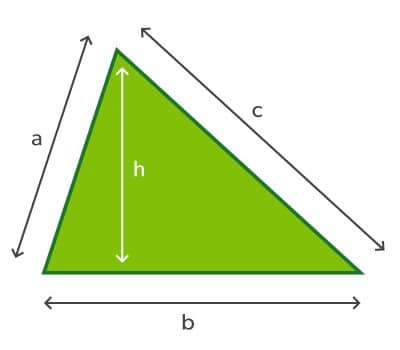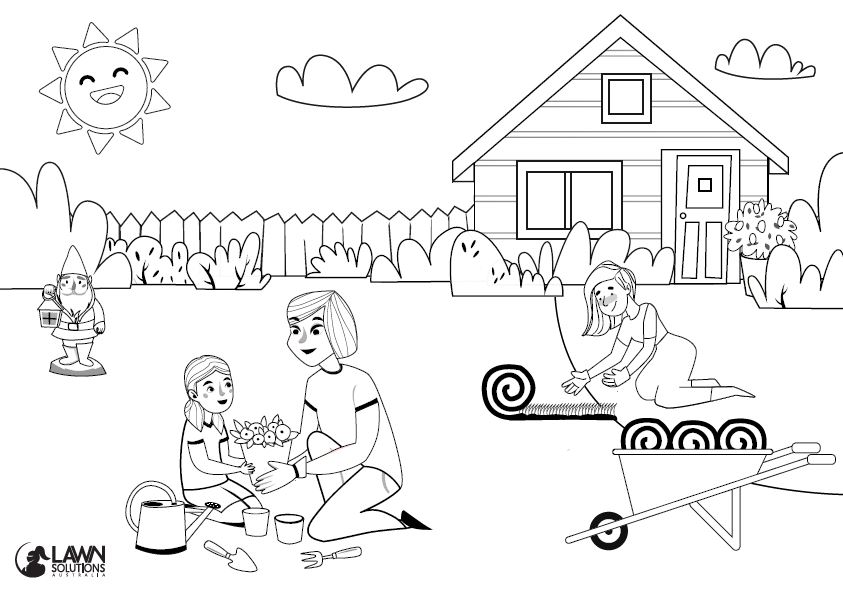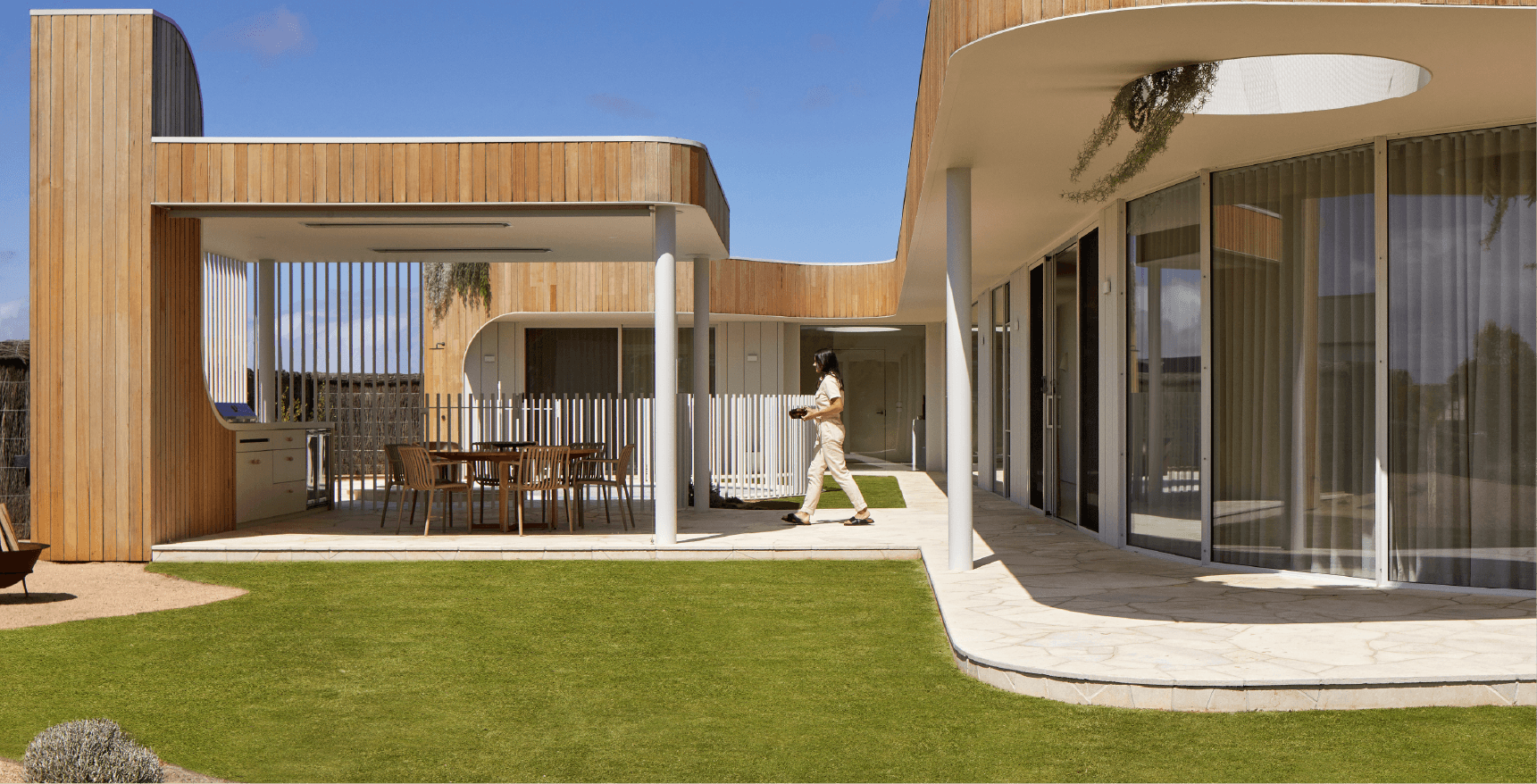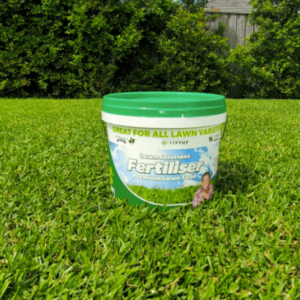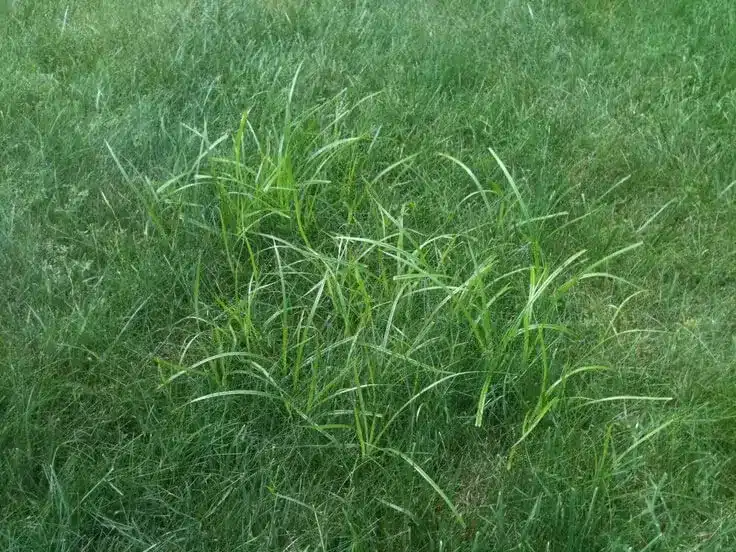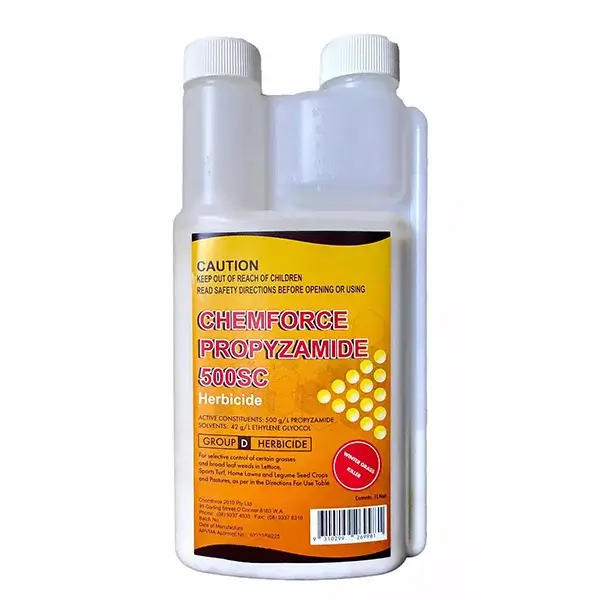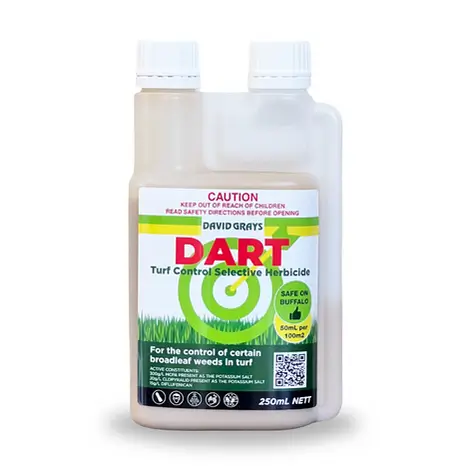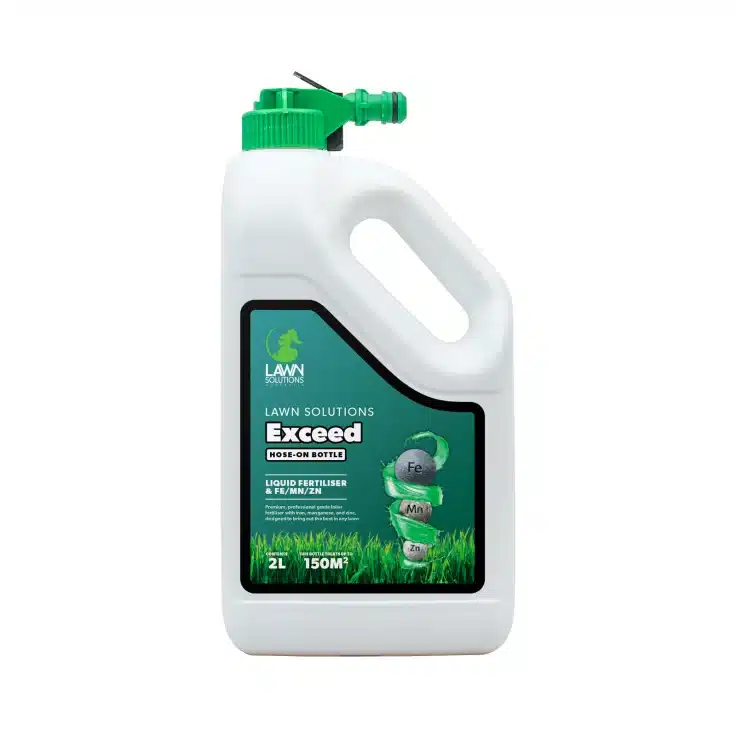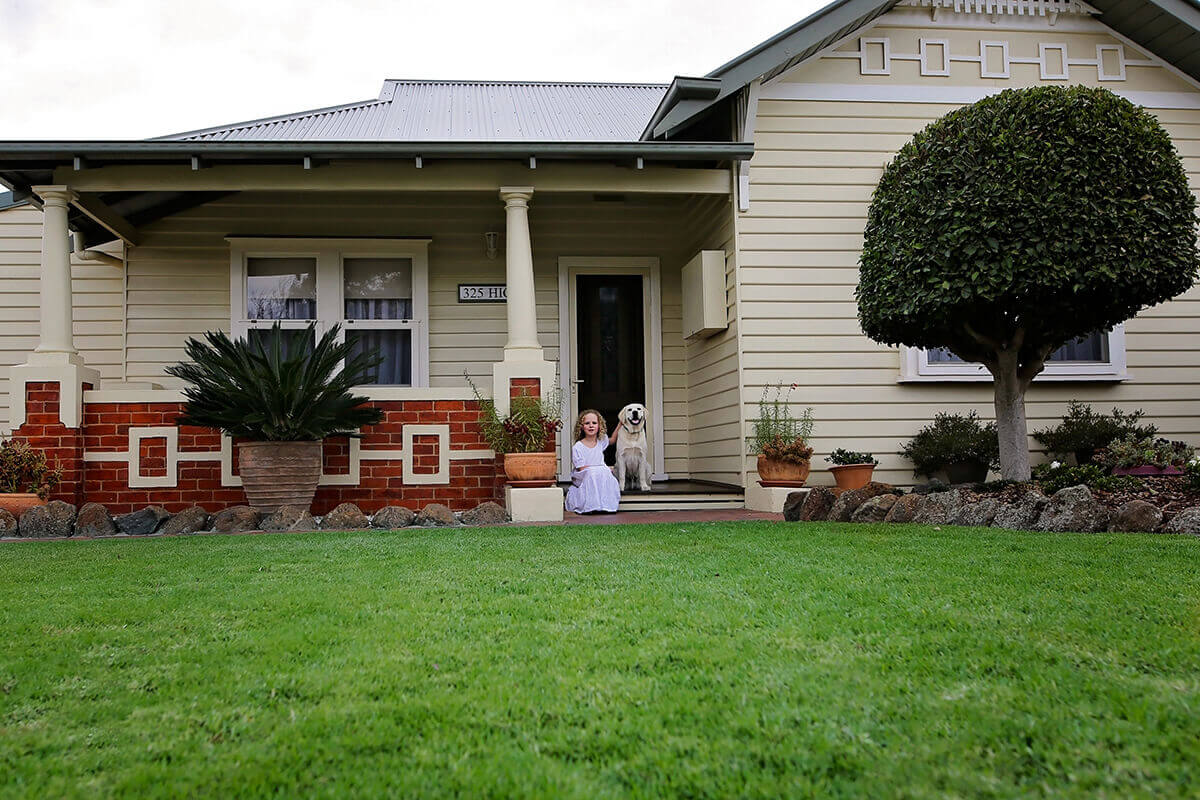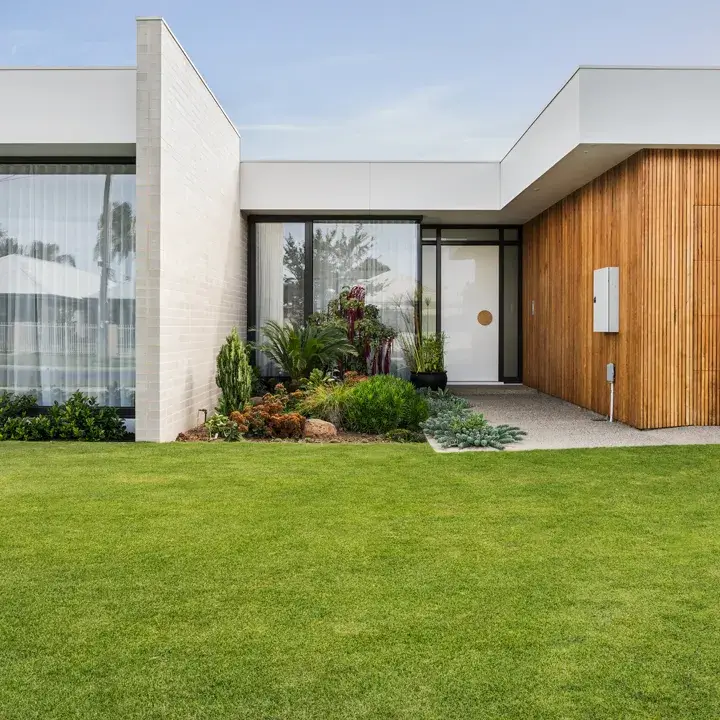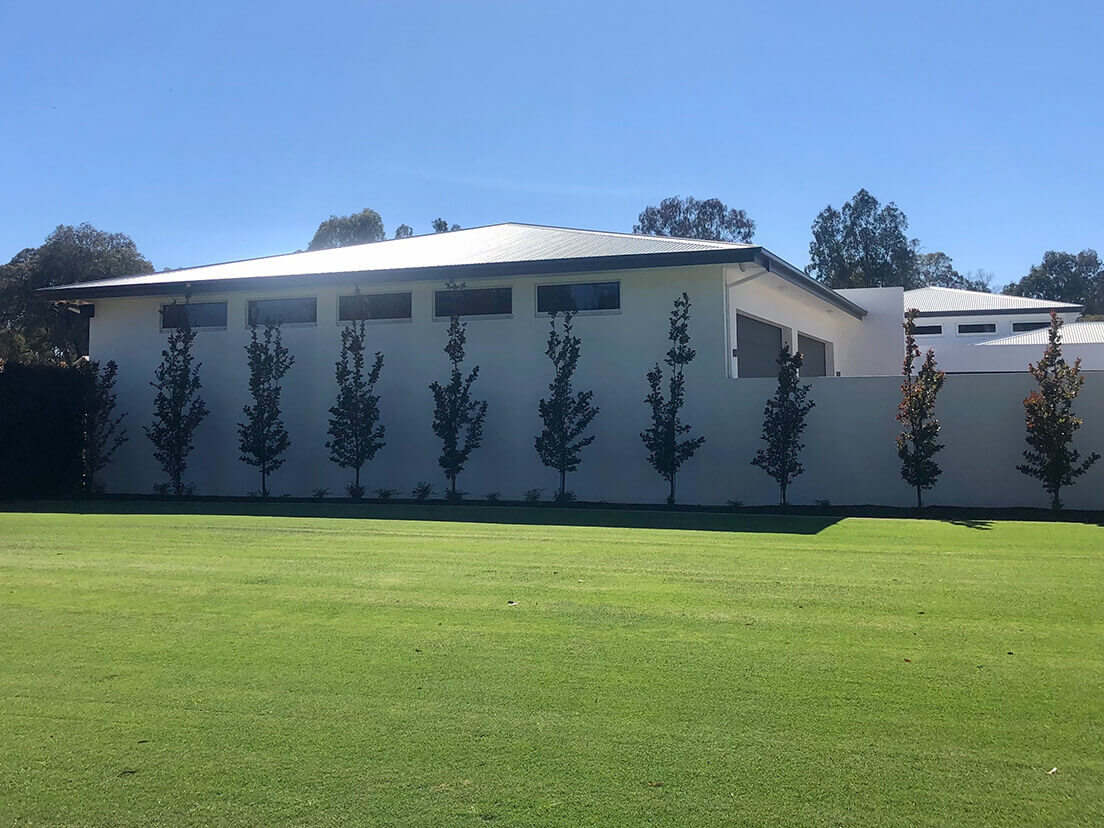(Plus, colouring-in download as a reward below!)
The kids are at home which provides a great opportunity to use your home environment to assist with their learning. Learning area measurement by sitting in a classroom can be quite difficult, particularly if your child is more of a visual learner. Measuring shapes can be easier to comprehend when demonstrated in a physical space, your lawn for example. If you have a square, rectangle, circular or completely abstract shaped lawn, you can use maths to help work out the area. Knowing the size of your lawn will help with ordering turf if required or working out how much product is required to fulfill a particular application rate. Both very helpful skills to have. Plus, your kids don’t even have to know they are learning!
Calculating Area – Steps for your kids
- Get a piece of paper and sketch out the areas.
- Break up the areas into basic shapes such as squares, rectangles and circles. See our full list below.
- Measure each area and write down your measurements.
- Calculate how many square metres are in each area and add the totals together.
You can use our online turf area calculator below or see further down how to calculate these manually using some easy formula.
Online turf area calculator
Once you have measured each part of your lawn, our online turf area calculator will calculate the areas for you and total them together.
Calculating the area of different shaped areas manually
Once they have measured each part of your lawn, they can calculate the area of each shape manually using these easy formulae, not much beyond the simple arithmetic and geometry that they learn at school.
Although most of the necessary calculations are generally straightforward, read on to see how to calculate even the most difficult of shapes.
Square
Measure one side of the square, then multiply it by itself (area = s x s)
Example – If the width of the square is 4 metres: 4m x 4m = 16m2
Rectangle or oblong
Measure the height and width of the square, then multiply them together (area = w x h)
Example – If the height is 4 metres and the width is 6 metres: 4m x 6m = 24m2
Triangle
Measure the height and base, then multiply the height by half of the base (area = ½b x h)
Example – If the height is 9 metres and the base is 10 metres: 9m x 5m = 45m2
Parallelogram
Measure the height and base, then multiply together (area = b x h)
Example – If the height is 5 metres and the base is 8 metres: 5m x 8m = 40m2
Trapezoid
Measure the height and the top and bottom edges. Add the top and bottom edges together (b1 + b2). Divide this figure by 2. Multiple by the height. (area = ½ (b1 + b2) x h)
Example – If the top edge (b1) is 5 metres and the bottom edge (b2) is 9 metres, and height is 6 metres: 5m + 9m = 14m. 14 ÷ 2 = 7. 7 x 6 = 42m2
Circle
d = diameter, r = radius Measure the diameter of the circle, then divide this by two to calculate the radius. Multiply the radius by itself, then multiply the total by 3.14. (area = r x r x 3.14) Example – If the diameter is 12 metres, the radius will be 6 metres; multiply 6 metres by 6 metres, then multiply the total by 3.14: 6 x 6 = 36. 36 x 3.14 = 113.04m2
Ellipse or oval
Measure the width and height of the oval, then divide each measurement by two to calculate r1 and r2 (area =r1 x r2 x 3.14). Example – If r1 is 3 metres and r2 is 5 metres: 3m x 5m = 15m. 15m x 3.14 = 47.1m2
Now that the kids have worked out the size of your garden, they can visualise how they would like their garden to look with this fun Colouring in downloadable pdf! Share your kids completed colouring in efforts in the comments on our Facebook page!




